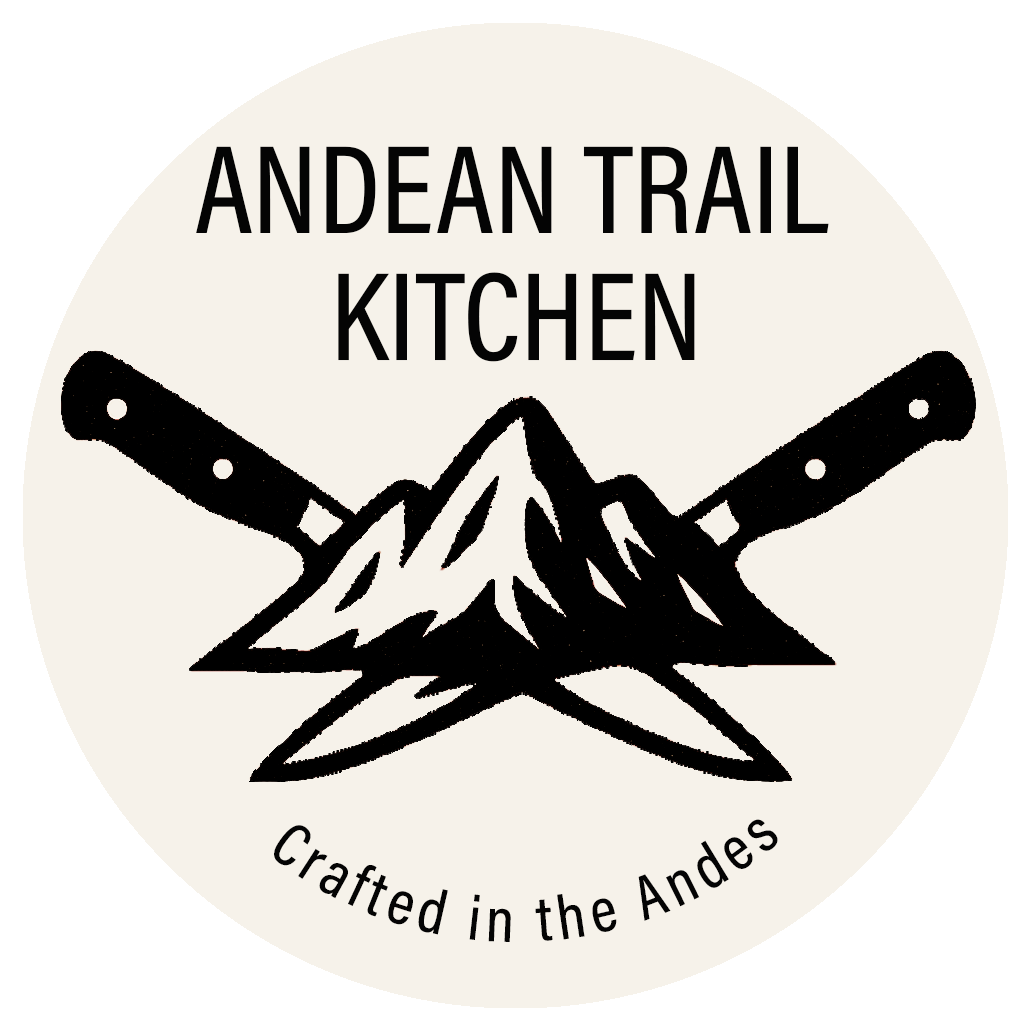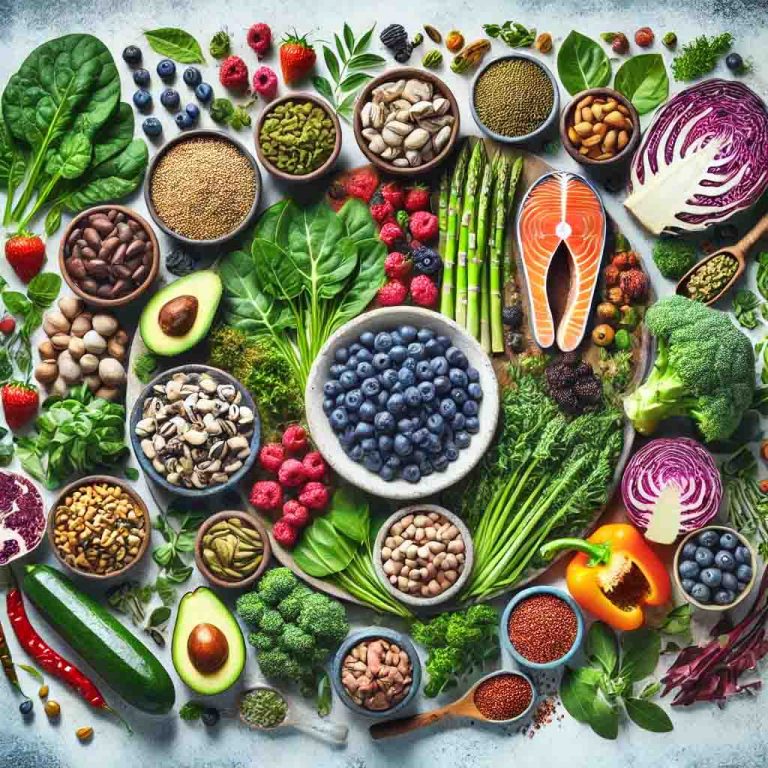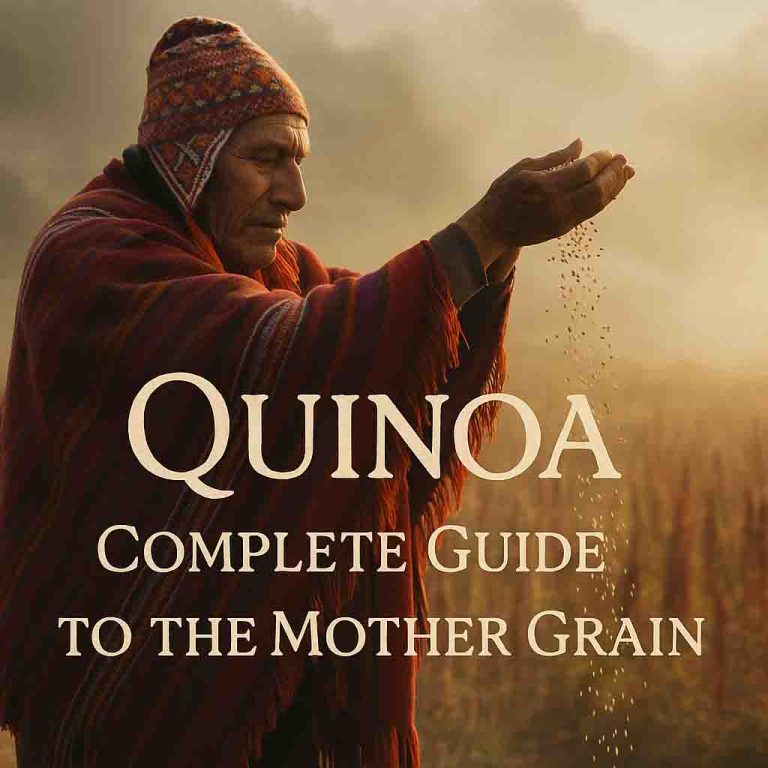Traditional Clay Pot Recipes: Ancient Andean Cooking Wisdom
Approximate reading time – 11 minutes
The humble clay pot—”olla de barro” in Spanish—has been the cornerstone of Andean cooking and traditional clay pot recipes for thousands of years. These unassuming vessels hold secrets that modern cookware simply cannot replicate. The slightly porous nature of clay creates a unique cooking environment that gently diffuses heat, circulates moisture in distinctive patterns, and imparts subtle mineral notes that transform simple ingredients into extraordinary meals.
In this collection, we explore recipes specifically designed for clay pot cooking, each demonstrating the principles outlined in our comprehensive guide to The Andean Cooking Method. Whether you’re using an authentic Andean clay pot or a modern terra cotta vessel, these recipes will help you experience the remarkable difference that traditional cooking methods can make.
Locro de Papas (Andean Potato Stew)
This hearty potato stew showcases how clay pot cooking can transform humble ingredients into something extraordinary. The slow, even heat of clay cookware allows the multiple varieties of potatoes to retain their distinct characteristics while creating a rich, velvety broth.
Ingredients:
- 1 pound yellow potatoes, peeled and cut into 1-inch cubes
- ½ pound red potatoes, peeled and cut into 1-inch cubes
- 1 small onion, finely diced
- 2 cloves garlic, minced
- 1 tablespoon annatto oil (achiote)
- 4 cups vegetable broth
- ½ cup fresh cheese (queso fresco), crumbled
- ¼ cup cream
- 2 tablespoons fresh cilantro, chopped
- Salt and pepper to taste
- Optional: 1 avocado, sliced for garnish
Method:
- Prepare your clay pot by soaking it in cold water for 15 minutes if it hasn’t been used recently
- Place your clay pot over low heat and add the annatto oil
- Add the onions and garlic, sautéing gently until translucent (about 5-7 minutes)
- Gradually increase heat to medium-low and add the potatoes, stirring to coat with the oil
- Pour in the vegetable broth and bring to a gentle simmer
- Reduce heat to low, cover the pot, and simmer for 35-40 minutes
- Check occasionally, but avoid removing the lid too frequently
- When potatoes are tender but still holding their shape, mash about one-quarter of them against the side of the pot to thicken the stew
- Stir in the fresh cheese and cream
- Season with salt and pepper to taste
- Serve garnished with cilantro and avocado slices
Why Clay Pot Makes a Difference:
The clay pot transforms this simple potato stew in several key ways:
- The porous clay allows slight evaporation that concentrates flavors without reducing volume too dramatically
- The even heat distribution prevents scorching and allows potatoes to cook through without falling apart
- The alkaline nature of clay balances the acidity in the broth
- The clay imparts subtle mineral notes that enhance the earthiness of the potatoes
For a deeper understanding of why clay pots create superior results, visit our guide to The Andean Cooking Method: Clay Pot Cooking.
Quinoa con Verduras (Clay Pot Quinoa with Vegetables)
This nutritious one-pot meal demonstrates how clay cooking enhances the natural nutty flavor of quinoa while allowing vegetables to retain their distinct textures and nutritional properties.
Ingredients:
- 1 cup quinoa, thoroughly rinsed
- 2 tablespoons native Andean olive oil or avocado oil
- 1 small red onion, finely diced
- 2 cloves garlic, minced
- 1 medium carrot, diced
- 1 red bell pepper, diced
- 1 cup fresh or frozen corn kernels
- 2 cups vegetable broth
- 1 teaspoon dried oregano
- ½ teaspoon ground cumin
- ¼ cup fresh cilantro, chopped
- Salt and pepper to taste
- Optional: ¼ cup toasted pumpkin seeds for garnish
Method:
- Prepare your clay pot by soaking in water for 15 minutes if it hasn’t been used recently
- Place the dry clay pot over low heat
- Add the rinsed quinoa to the dry pot and toast gently for 3-4 minutes, stirring constantly
- Remove the toasted quinoa and set aside
- Add oil to the pot and increase heat slightly to medium-low
- Sauté onions and garlic until fragrant and translucent (about 5 minutes)
- Add carrots and bell peppers, sautéing for another 3-4 minutes
- Return toasted quinoa to the pot and stir to combine with vegetables
- Add herbs, spices, and vegetable broth
- Cover and simmer on low heat for approximately 20 minutes
- Add corn kernels, stir gently, and cook for an additional 5 minutes
- Remove from heat and let rest, covered, for 10 minutes
- Fluff with a fork, adjust seasoning, and garnish with fresh cilantro and pumpkin seeds
Why Clay Pot Makes a Difference:
- The initial dry toasting of quinoa in clay enhances its natural nutty flavor
- The porous nature of the clay allows slight moisture exchange that creates perfectly fluffy grains
- The gentle, even heat preserves the integrity of the vegetables
- Compounds from the clay pot itself add subtle mineral notes that enhance the earthy flavors of the quinoa
Learn more about the proper toasting techniques for Andean grains in our Essential Andean Cooking Techniques section.
Estofado de Frijoles (Slow-Cooked Bean Stew)
This rich bean stew demonstrates the clay pot’s remarkable ability to cook legumes to perfection while developing deep, complex flavors.
Ingredients:
- 2 cups dried beans (cranberry, pinto, or native Andean varieties), soaked overnight
- 1 medium onion, diced
- 3 cloves garlic, minced
- 1 red bell pepper, diced
- 1 tablespoon annatto oil (achiote)
- 1 teaspoon ground cumin
- 1 teaspoon dried oregano
- 1 bay leaf
- 4 cups vegetable or chicken broth
- 1 tablespoon apple cider vinegar
- Salt and pepper to taste
- Optional garnishes: fresh cilantro, thinly sliced radishes, lime wedges
Method:
- Prepare your clay pot by soaking it in cold water for 15 minutes if it hasn’t been used recently
- Drain the soaked beans and rinse thoroughly
- Place the clay pot over low heat and add the annatto oil
- Sauté onions and garlic until translucent, about 5-7 minutes
- Add bell pepper and continue cooking for 3-4 minutes
- Add cumin and oregano, cooking until fragrant (about 1 minute)
- Add beans, bay leaf, and broth
- Cover and simmer on very low heat for approximately 2-3 hours (cooking time varies based on bean variety and freshness)
- Check occasionally, adding more hot water if needed
- When beans are fully tender, add vinegar and adjust seasoning
- Simmer uncovered for an additional 15 minutes to thicken slightly
- Remove bay leaf before serving
- Serve with optional garnishes
Why Clay Pot Makes a Difference:
- The slow, steady heat of clay cookware breaks down the beans’ complex starches without splitting their skins
- The alkaline nature of traditional clay helps neutralize acids in the beans, making them more digestible
- The porous clay creates a unique cooking environment that deepens flavor while maintaining the integrity of each ingredient
- The extended cooking process allows flavors to fully develop without scorching
For more information on the digestibility benefits of traditional Andean cooking methods, see our section on Food as Medicine in Andean Cooking.
Seco de Cordero (Clay Pot Lamb Stew)
This traditional meat stew showcases how clay pot cooking creates remarkably tender meat while developing rich, complex flavors.
Ingredients:
- 2 pounds lamb shoulder, cut into 2-inch cubes
- 2 tablespoons olive oil or native Andean oils
- 1 large onion, finely diced
- 3 cloves garlic, minced
- 1 tablespoon dried oregano
- 1 tablespoon ground cumin
- ½ cup chicha (fermented corn beverage) or beer
- 1 cup cilantro, finely chopped
- 2 cups meat or vegetable broth
- 2 carrots, diced
- 2 medium potatoes, cubed
- 1 red bell pepper, sliced
- Salt and pepper to taste
Method:
- Prepare your clay pot by soaking in water for 15 minutes if it hasn’t been used recently
- Heat your clay pot slowly over low heat
- Add oil and increase heat slightly to medium-low
- Brown meat in small batches, removing each batch before adding the next
- Reduce heat, add onions and garlic to the pot, and sauté until translucent
- Return meat to the pot, add oregano and cumin, and stir to coat
- Pour in chicha or beer, stirring to deglaze and incorporate any browned bits
- Add half the chopped cilantro and all of the broth
- Cover and simmer on low heat for 1.5 hours
- Add carrots, potatoes, and bell pepper
- Continue cooking for another 30-45 minutes until meat is tender and vegetables are cooked
- Stir in remaining fresh cilantro before serving
- Adjust seasoning with salt and pepper
Why Clay Pot Makes a Difference:
- The porous nature of clay creates a unique moisture circulation that tenderizes meat fibers
- The clay’s heat retention allows for consistent low-temperature cooking that breaks down tough collagen
- The alkaline properties of the clay balance the acidity in the stew
- The slight evaporation through the clay concentrates flavors without reducing volume too dramatically
To learn more about how different clay vessels affect flavor development, see our comprehensive guide to Essential Tools for Authentic Andean Cooking.
Puchero de Quinoa (Hearty Quinoa and Vegetable Soup)
This nourishing soup demonstrates how clay pot cooking preserves the distinct textures and flavors of multiple ingredients while creating a harmonious whole.
Ingredients:
- ½ cup quinoa, rinsed thoroughly
- 1 tablespoon olive oil or native Andean oils
- 1 onion, diced
- 2 cloves garlic, minced
- 1 leek, white and light green parts sliced
- 2 carrots, diced
- 2 stalks celery, diced
- 1 sweet potato, peeled and cubed
- 1 cup cabbage, chopped
- 6 cups vegetable broth
- 1 teaspoon dried oregano
- 1 bay leaf
- 2 tablespoons fresh parsley, chopped
- Salt and pepper to taste
- Optional: 1 tablespoon aji amarillo paste for heat
Method:
- Prepare your clay pot by soaking in water for 15 minutes if it hasn’t been used recently
- Place the dry clay pot over low heat
- Add quinoa and toast gently for 3-4 minutes, stirring constantly
- Remove quinoa and set aside
- Add oil to the pot and increase heat slightly to medium-low
- Sauté onions, garlic, and leeks until softened (about 5 minutes)
- Add carrots and celery, cooking for another 3-4 minutes
- Return toasted quinoa to the pot and stir to combine
- Add sweet potato, cabbage, herbs, and broth
- Cover and simmer on low heat for approximately 25-30 minutes
- Remove bay leaf before serving
- Garnish with fresh parsley and adjust seasoning
- Add aji amarillo paste if desired for heat
Why Clay Pot Makes a Difference:
- The clay pot’s gentle heat allows vegetables to cook through while maintaining their distinct textures
- The porous nature of clay creates a unique circulation of flavors throughout the broth
- The initial toasting of quinoa in clay enhances its nutty flavor
- Minerals from the clay enrich the broth with subtle earthy notes
For more about the nutritional benefits of traditional Andean cooking techniques, see our section on The Philosophy Behind Andean Cooking.
Adapting to Modern Kitchens
While traditional clay pots create unparalleled results, we understand that not everyone has access to authentic Andean cookware. Here are some adaptations for modern kitchens:
Clay Pot Alternatives:
- Unglazed terra cotta pots (cure these following the same process as traditional clay)
- Dutch ovens (these provide good heat retention but lack the porous quality of clay)
- Ceramic slow cookers on low settings (for stews and soups)
Technique Adaptations:
- For toasting grains, use a dry cast iron pan before transferring to your cooking vessel
- Allow longer cooking times at lower temperatures when using alternative cookware
- Add a small amount of additional liquid when using non-porous cookware
Remember that while these adaptations can create delicious results, the unique qualities of traditional clay cookware produce distinct flavors and textures that cannot be exactly replicated. If possible, we encourage investing in at least one authentic clay cooking vessel to experience the true essence of Andean cooking methods.
For more detailed information on adapting Andean cooking techniques to modern kitchens, see our guide to Essential Tools and Equipment.
Learn More About Andean Cooking Methods
These recipes represent just a small sample of the rich culinary tradition that has developed in the Andes over thousands of years. To deepen your understanding of these ancestral cooking techniques, explore these related resources:
- The Complete Guide to Andean Superfoods
- Seasonal Cooking in the Andean Tradition
- Pachamanca: Sacred Earth Oven Cooking
- Family Heritage Recipes from the Andes
- Mastering Andean Cooking Techniques
Join us in preserving and celebrating these time-honored cooking methods that connect us to the earth, to ancestral wisdom, and to the remarkable flavors of the Andean highlands.
This collection is part of our commitment to sharing the culinary wisdom of the Andes. We invite you to explore these recipes and experience firsthand how traditional cooking methods can transform both your meals and your relationship with food.



